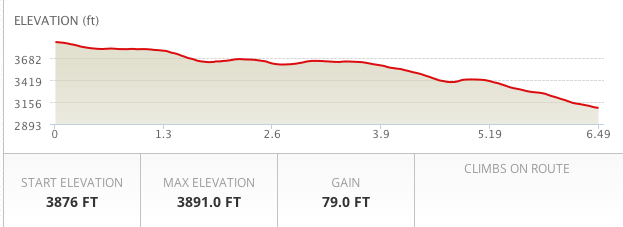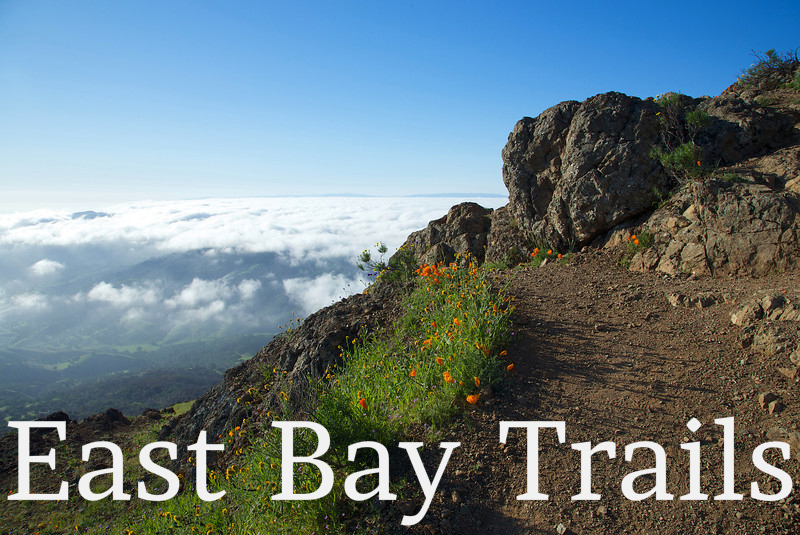Gila Trail, Snow Canyon State Park, Utah
 Monday, August 5, 2013 at 5:34PM
Monday, August 5, 2013 at 5:34PM 
It's an interesting contrast going from the verdant and lush rain forests of Alaska to the arid and expansive canyons and lava formations in Utah's Snow Canyon State Park. Hiking the newer Gila Trail with an experienced guide and naturalist gave me an opportunity to see some formations and petroglyphs I would have missed if I had done this on my own. But, it's fairly well marked, except for a few sections that go across big patches of lava rock and sandstone. Most of the trail markers are not in the ground, but are supported by a pile of rocks at their base. Even so, looking on a map, you can see that we were not so far from civilization.
Surrounded by highways and new luxury homes, you can quickly forget that this land can be harsh and unforgiving if lost. Just a few hundred years ago, this land was remote and empty. The park was created in 1958, but the canyons have been used by natives for thousands of years for hunting and gathering. Much later, the land was discovered by Hollywood, and can be seen in films like Butch Cassidy and the Sundance Kid, among many others.

The topography is varied and challenging. On this trail you will hike up rock mountains, through canyons, look down steep cliffs and march across sand dunes.
Lava flows as recently as 25,000 years ago shaped the landscape, and water has contributed to create the canyons and wild shapes.
 This area gets hit with rapid flash floods, and millions of years of raging water have created this beautiful carving in the sandstone.
This area gets hit with rapid flash floods, and millions of years of raging water have created this beautiful carving in the sandstone.
On canyon walls and giant rocks, petroglyphs can be found in a number of places. These carvings were typically done by pounding the end of an antelope antler with a rock to carve deep in to the Navajo Sandstone.
 Ancient Petroglyphs guided others and even offered survival tips
Ancient Petroglyphs guided others and even offered survival tips
Narrow canyons hide some interesting scenes. In this tight gap, a tree seems to be shackled by the root as it lives its life in solitude.

Over 1 million years ago this land was mostly sand, and over time the sand solidified to become the Navajo Sandstone. Then, water and flooding created the canyons and valleys, followed by volcanic activity as recently as 25,000 years ago. Below, you can see the black Balsite from the lava eruptions, mixed with the Sandstone.
 Hiking through a Balsite and Sandstone canyon.
Hiking through a Balsite and Sandstone canyon.
The rock formations and unusual shapes can lead to pareidolia, or seeing human faces in the rocks. Below are some images that deserve to be looked at closely...



The last third of the hike offers great views of St. George Utah.


The last part of the trail is on sand, which adds an additional challenging element. The heat radiates intensly off the sand, so make sure you have water left for this part of the hike.

There are lots of great trails in this park. The Gila Trail is most often accessed from the paved parking area outside of the park’s north entrance station off State Highway 18. There are currently no permits required. From where I started, the hike was mostly downhill. In the summer heat, downhill is the only way to go.
Dogs are allowed, but must be kept on a leash. However, this is rough country. Sharp rocks, scorpions and the need to carry extra water might make you think about leaving your pup in the air conditioned hotel room.
I hiked with Anna from Red Mountain Resort. They offer hikes through Zion National Park, in addition to Snow Canyon, which is just 1/2 mile from the resort.
The total distance was 6.47 miles.
The hike was mostly downhill. Here is the elevation data:

Slideshow:

Reader Comments